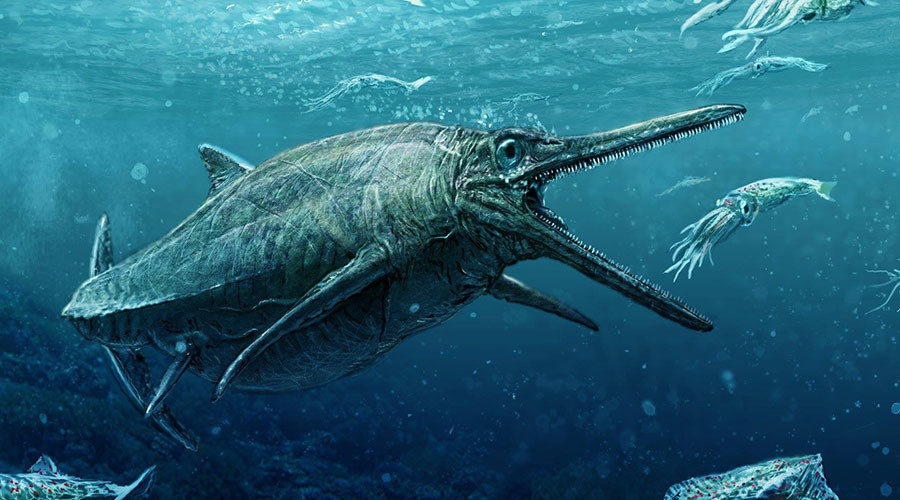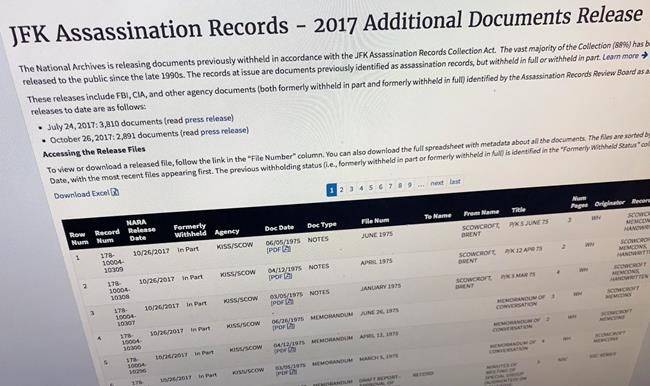Watch your back, Real Loch Ness Monster, because there’s a new Scottish aquatic predator in town, and this one has the crucial advantage of actually having existed.
A Scottish ichthyosaur named the Storr Lochs Monster has been sitting at the National Museums Scotland for half a century, according to the Washington Post. But the animal, which lived around 170 million years ago, didn’t go unstudied for lack of interest.
The Storr Lochs Monster was, in a word, humongous: a 13-foot-long dolphin-like reptile with cone-shaped teeth used for eating squid and fish, according to National Geographic. The fossil is the most complete skeleton of an ichthyosaur ever found in Scotland, National Geographic reported. The Storr Lochs Monster was never unveiled because, when a power-station worker in Scotland discovered the fossil in 1966, it was encased in hard stone. Scottish paleontologists just couldn’t get to it. So they hauled the whole thing, rock enclosure and all, to the museum.
But now, thanks to a partnership between the University of Edinburgh, National Museums Scotland and a UK-based energy company called SSE (which owns the Storr Lochs Power Station), paleontologists have freed the beast from its tomb.
“Although some people think that sea monsters live here today in our lakes,” said Stephen Brusatte, one of the lead researchers working on the fossil, according to National Geographic, “there were actually real ones that lived here over a hundred million years ago.”
Here’s what’s especially exciting: Paleontologists don’t have many fossils from the Middle Jurassic Period, when the ichthyosaur swam the Earth.
“We know that quite a lot was happening then,” Steve Brusatte, a paleontologist from the University of Edinburgh, told the Washington Post. “On land, the tyrannosaurs were getting their start, and it’s probably when the first birds were flying around, and in the ocean you had this big turnover event when smaller marine animals were replaced by bigger ones.”
The last animal discovered from this period, a relative of the pterodactyl found in Argentina’s Patagonia region, could unlock the key to how reptiles evolved the ability to fly.
While it’s not certain yet whether this new ichthyosaur is actually an undiscovered species, paleontologists think the fact that both Middle Jurassic fossils and Scottish fossils are rare means we probably have a new species of ichthyosaur on our hands.
“So few people have ever looked for fossils here,” Brusatte told the Washington Post. “Scotland isn’t what you think of when you think of fossils. But there are a lot out there waiting to be found.”
Bertha R. Massie
https://www.youtube.com/watch?v=cBB6V25Zyrk














Why would they not release this info for 50 years?